|
Part 2 a quick start U.K field guide for the Minelab GPX 5000
Assuming you have read the manual and been out a couple of times with the GPX, I would imagine you are asking the same questions as I did when I started learning this machine, which brings me to my first observation...the term learning !. I have been using the GPX range for over a year now, not all the time but as much as I can and I still feel I have not totally mastered it, my question is ...do you ever totally learn a machine like the GPX ?.... I don't think so especially when it's used for inland coin and relic hunting. I think as time passes you learn to use your own take on things and make your own interpretation of information written in the manual to get the best results achievable on your particular site on a given day.
Sure you will have bad days with the GPX because it's not designed for our type of work, however as you continue to use this machine you will slowly see glimmers of brilliance and start to unfold it's ultimate potential, so armed with that information I guess us GPX users are just waiting for the lucky moment.
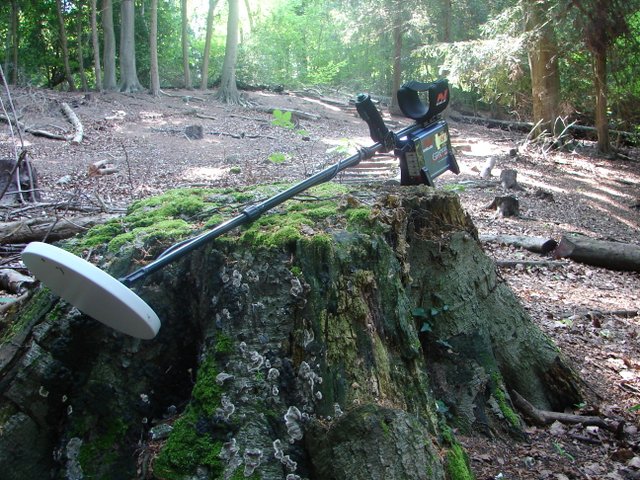
GPX settings my interpretation
This may be wrong but as stated above, it's my comfortable way of using the machine.
Iron rejection :
Has a scale of 0 - 10, 0 offers no iron rejection, but with the right coil the user can tell a fair amount of iron based on the target signature...see video
Discrimination is not really an iron rejection on the GPX, its more of a large target rejection, or phase shift rejection depending on the size and depth of the target.
For Example you will never reject small Roman or Hammered coins at maximum discrim but you will reject large Silver and other high conductive targets close to the coil, so you need to decide what are your specific requirements. I find a discrimination of 2 is sufficient when hunting for all types of targets, and 10 when working a site for small coins.
I try to break the signals down into sections, in my mind there are 4 types of targets with the GPX
Signal 1 : Low High Low, low conductor...which is a low sound as the coil approaches the target with a high peak at dead centre then a low tail off, if the signal is pure with not stuttering and the same intensity from every angle I will dig it.
Signal 2 : High Low High, high conductor... which is a high sound as the coil approaches the target with a low peak at dead centre then a high tail off, if the signal is pure with not stuttering and the same intensity from every angle I will dig it.
These tones can be reversed (inverted) or even given a single tone in the GPX menu.
Signal 3 : A sweet smooth sound with no peak ???? or signal deviation...which is in fact no mans land, if you were nugget hunting in the outback this would probably be a deep target worthy of investigation, however here in the UK it could be good or it could be deep iron as the machine is not getting enough information to process the signal due to size / depth beyond it's discrimination range. Sure I would dig this target if hunting an area that had previously turned up good finds....for general searching I would probably investigate a few but eventually stick to the trusted sounds, with the best discipline in the world I can't resist investigating smooth wide sounds that appear deep as this could be a buried hoard.
Sound 4 : A broken or inconsistent sound, Iron...even if it sounds good but gives a stutter every 4th or 5th pass, this is normally iron, pay attention to a "W" type of sound which is not a stutter it's a double bleep, this can be something good close to the surface.
Soil timings
Soil timings are something you need to get your head around as there is a choice of 8, which includes 6 timings on the special switch position, 1 timing on the normal position and one timing on the enhanced position get it wrong and your machine will either punish you or perform poorly, however I have found a simple formula that works for me.
Soil timings are pulse speeds that penetrate the soil, naturally some pulses work better than others on specific ground conditions. Listed in your GPX menu is the soil timing range, starting at the top with sensitive smooth all the way down to Coin / Relic.
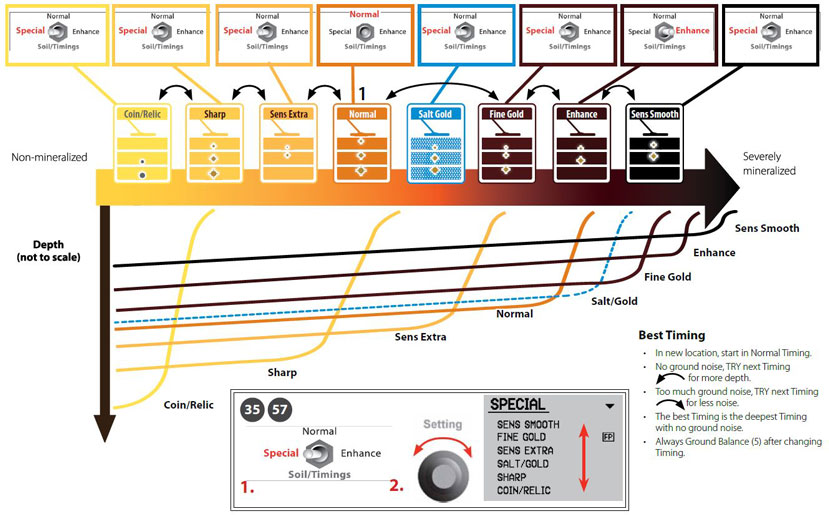
I have found the lower end of the scale is probably what we need to be using for our UK conditions, here's how I tell what timing I should use, it's all based on the ground balancing procedure.
1. Turn the machine on, coil switch to DD, also turn your pin point probe on, select fast under the motion menu, and run a noise cancel, a fast motion setting will enhance any EMI so the noise cancel can eliminate it better, the same applies to the pin point probe.
2 . Find a patch of clean ground after you have obtained a steady threshold using the gain and motion settings.
3. Make sure the ground balance tracking is off, select the "normal position" on the timing switch and try to ground balance, if there is no feedback from the ground, i.e. silent then go to the "special position" and select Sensitive Extra and try to ground balance again.
If still no ground feedback try Sharp or Coin and Relic until you get a good ground balance, normally Coin / Relic is to erratic and won't eliminate the ground...my settings are normally between Sharp and Sensitive Extra. I have never encountered soil conditions which require Fine Gold and above.
What other settings require adjustments ?
Most of my settings are factory pre-sets, some of my sites are very close to power lines, to help with EMI I find keeping a slower recovery speed helps reduce outside interference.
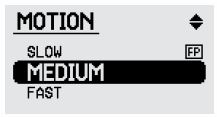
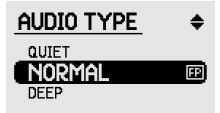
Choosing the correct audio type can also eliminate EMI
Audio changes and soil timings
This is a very interesting chart to show what audio changes the different soil timings can make
| Soil Timing |
Target 1 small hammered coin |
Target 2 US Silver half dollar |
Target 3 Small Roman bronze coin |
| Sensitive Smooth |
L |
H |
H |
| Enhance |
L |
H |
H |
| Fine Gold |
L |
H |
H |
| Salt Gold |
L |
H |
L |
| Normal |
H |
L |
H |
| Sensitive Extra |
L |
L |
H |
| Sharp |
H |
L |
H |
| Coin / Relic |
L |
L |
L |
|
The letter L is the low tone, the letter H is the high tone |
Stabilizer
According to the manual the stabilizer adjusts the threshold sensitivity, "to low and you may miss small targets.. to high and you will have an unstable machine", I somewhat disagree with that for UK hunting, here is my theory which worked very well when put into practice.
In GPX language a small target can be a microscopic flake of Gold, here in the UK we are more interested in coins and artefacts, these microscopic targets can be just an annoyance if want for no better word !. I have been using the stabilizer at 1 in effect de tuning the machine to tiny targets, the threshold is rock solid which allows me to run a very high gain...maximum in most cases.
The learning curve is deciding what targets to dig, as mentioned earlier I tend to ignore the faint whispers and dig the more prominent (low high low) signals, remember a small Roman coin is actually a large target to the GPX, I found using the 10 x 6 DD coil to be the best performer on sites of ancient habitation where iron is present.
If I was hunting a small area where some nice finds had been made I would investigate every signal, or even fit a mono coil, the instructions above are simply a great way to use the GPX for everyday searching.
I hope this has helped you on your GPX journey, there is more information on my forum so why not join...it's free !
Raffle prizes ! Great topics ! Genuine people !

Why not become a part of our community...it's free !
No snoopers, No snipers...just genuine people !
|
If you have found this FREE ! Minelab information helpful please show your appreciation by dropping Minelab or Joan Allen a line and mention Gary's detecting |
|
Joan Allen metal detectors

http://www.joanallen.co.uk
01959 571 255
|
Minelab AU
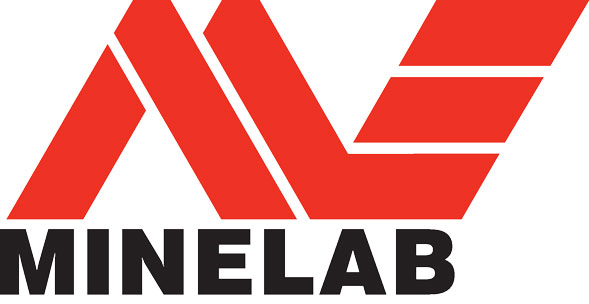 |
Gary's Detecting Minelab GPX 5000 metal detector independent review and logo's are Copyright © 
|